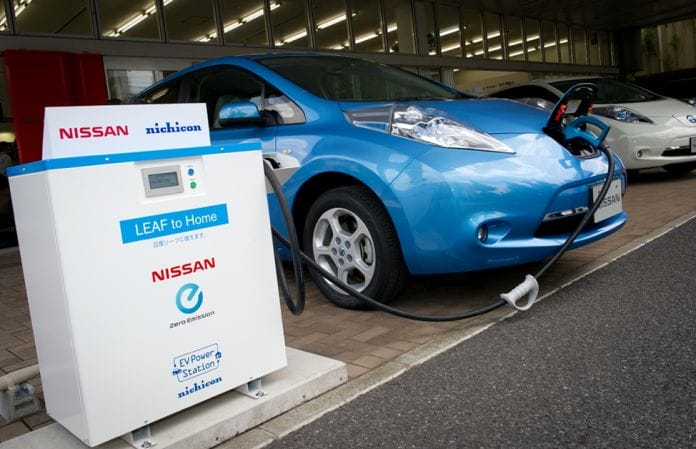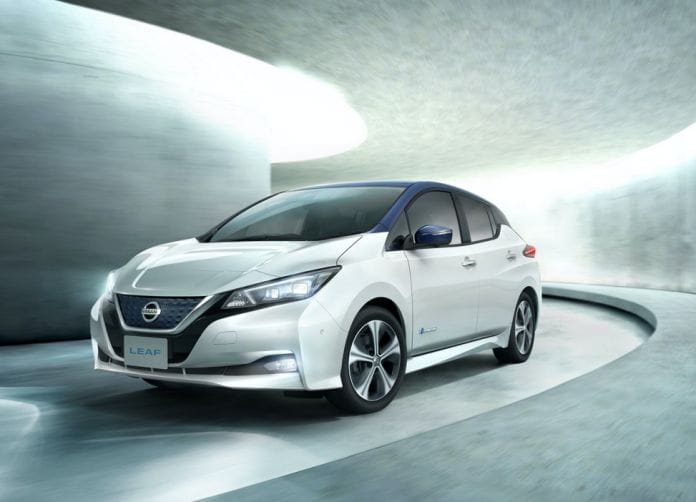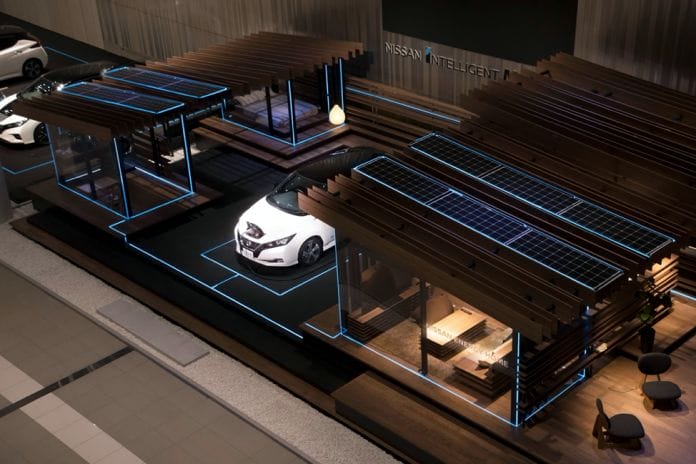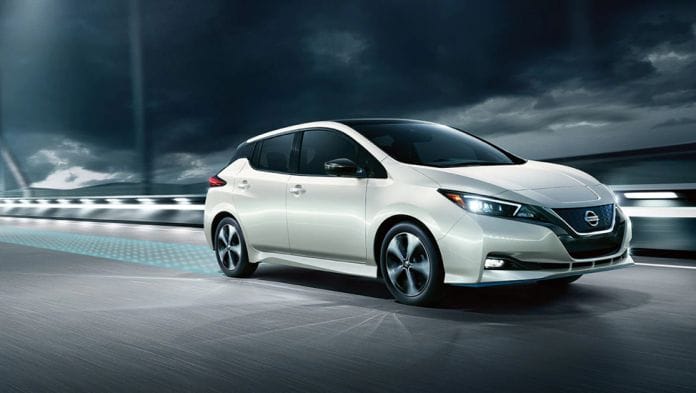The Nissan Leaf made history by being the first mass-market full-electric vehicle when it hit the roads in December 2010. In its 10th year, 500,000 Leafs (Leaves?) is being driven in 59 countries all over the world.
Aside from having zero emissions, Nissan implemented new features in the Leaf that paid off later on. It made the Leaf more than a modern electric car and made people realize how a car can be of help in their everyday lives.
As it celebrates its 10th year in the world, here’s the journey so far for Nissan’s first electric car.
2010 – The first 100% electric car was unveiled
A consequence of rapid urbanization and industrialization is the density of the cars in the area that emit carbon dioxide which is harmful to people and the ozone layer. Nissan tackled the situation by making a car that has zero emissions but with no compromises in its ability to transport people comfortably.

The Nissan Leaf had good driving dynamics that’s up to par with hatchbacks of the time. It also employed new tricks like using phones to check on your car’s battery level or manage the aircon remotely. It has a 24kWh lithium-ion battery that can last for 200 kilometers on a single run. Nissan also worked with the governments where the Leaf would be introduced to promote electric vehicles and put up a charging network.
The world immediately noticed and acknowledged the Nissan Leaf, the car winning awards all over the world including “European Car of the Year 2011,” “World Car of the Year 2011,” and “Japan Car of the Year 2011-2012.”
2012 – A massive powerbank
Nissan introduced the Vehicle-to-Home system which let owners use the Leaf’s batteries as a way to power up their homes. This proved crucial during disasters and power interruptions as it became an emergency power on wheels. It even took part in a smart grid project in Maui, Hawaii that helped stabilize the power network of the island.

Another addition to the Leaf at this time was a more compact battery that’s more efficient and gave it a longer, 228km limit on a single charge.
2015 – Another boost in range
Nissan kept on working on the Leaf’s battery and for this year, they were able to squeeze in 30 kWh, pushing its single-charge range to 280km. They also packed in Intelligent Emergency Braking that uses a camera to detect vehicles and pedestrians.
2017 – The second Leaf arrives
It might’ve been a long wait but Nissan made sure it was worth it. The second generation of the Leaf was a drastic improvement over its predecessor that the first one looked so far behind. Aside from the modern styling, it had new tricks up its sleeve that made it more desirable.

They put a new battery inside that’s 67% more dense despite having the same size as its predecessor. This gave the Leaf a 38% increase in power and 26% increase in torque, making it go up to 400km on a single charge.
ProPILOT driver assistance also made its way into the Leaf. This lets the car assist the driver and maintain its position in between lanes and also keeps the distance from the car in front. E-Pedal was also put in the Leaf which lets one operate the car with only the throttle pedal. Push it in and it will accelerate but when you lift your foot, instead of natural deceleration, it will act as a brake pedal and will make the car stop. This greatly eases the fatigue from your right leg because you don’t have to shift from two pedals anymore especially in stop and go traffic.
2018 – Beyond daily driving
Building on their previous Vehicle-to-Home system, Nissan showed more possibilities in using the Leaf as a power source for your home. They made an exhibition with a house that has solar panels and the Leaf as a backup power source. This lets the car be charged at the same time the house is using electricity from the solar panels. At night, where usage is lower in most households, they can use the power from the Nissan Leaf, greatly reducing the need for electricity from traditional sources.

They also made steps in decreasing e-waste by developing systems to recycle old batteries that are typically carelessly thrown away. A plant was also built in Namie, Futaba District, Fukushima Prefecture to focus on re-using old EV lithium-ion batteries.
Nissan also unveiled the second generation of the Leaf’s racing brother, the NISMO RC. It had twin motors, four-wheel drive, and an aggressive styling apt for its racing potential.
2019 – the Leaf e+
Nissan unveiled a new trim for the Leaf last year with the e+. It’s the same e-vehicle but with a new powertrain that gives it even more range. The battery had 55% more capacity allowing it to go up to 458km, all without additional bulk for the car.

2020 – still a long story ahead
It was a long journey for the Leaf, facing raised eyebrows and doubts when it was introduced in 2010. Nissan’s tenacity proved to be fruitful though because with half a million units sold in total, it proved that the world is ready for electric cars today. Even manufacturers, including the premium ones, have started making their own EVs.
It might be long—or not—before all cars on the road have zero emissions. One thing’s for sure, the Nissan Leaf helped shape the future of mobility for the better.

